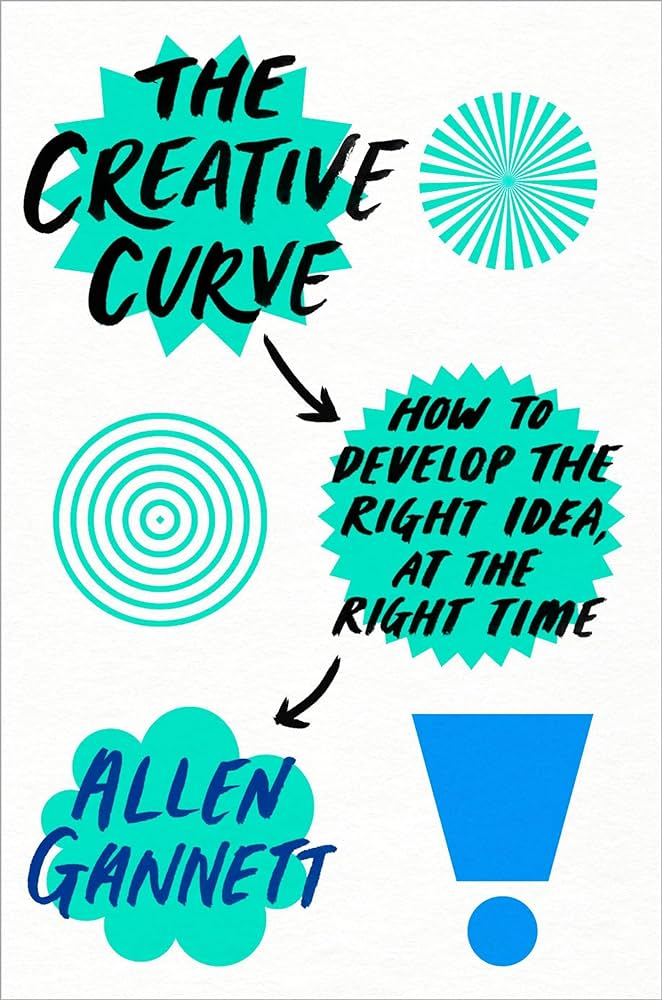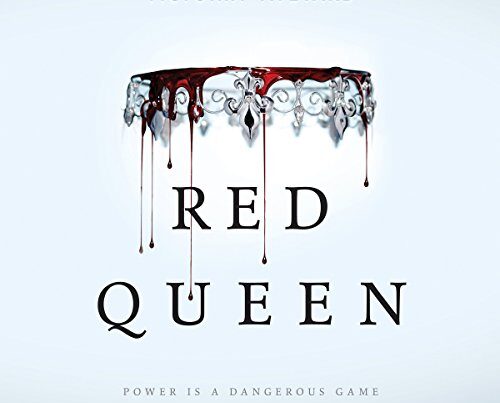Allen Gannett’s “The Creative Curve” explores how creativity works and how anyone can harness it. The audiobook combines science with storytelling to debunk myths about creative genius.
Creativity often seems mysterious and exclusive, but Gannett argues otherwise. In “The Creative Curve,” he explains that creativity follows a predictable pattern. Anyone can learn and apply this pattern to become more creative. The audiobook blends scientific research with real-world examples.
Gannett interviews successful creatives, from musicians to entrepreneurs, to illustrate his points. This approach makes the content engaging and relatable. The book aims to democratize creativity, making it accessible to everyone. Perfect for those looking to enhance their creative skills, “The Creative Curve” offers practical insights and actionable advice.

Introduction To ‘the Creative Curve’
Allen Gannett is a successful entrepreneur. He wrote the book ‘The Creative Curve’. This book aims to explain creativity. Allen believes everyone can be creative. He uses science to prove his point. His ideas are easy to understand. He shares stories from famous creators. Allen makes creativity seem reachable. Many people find his work inspiring.
The Creative Curve is a theory. It explains how creativity works. Allen says creativity is not random. There is a pattern to it. He breaks down this pattern into four steps. These steps are easy to follow. The first step is consumption. The second step is imitation. The third step is creative communities. The final step is iteration. These steps help people become more creative. Allen’s theory is based on research and data. It helps make creativity less mysterious.

Demystifying Creativity
Many people think creativity is a special gift. They believe only some are born with it. Allen Gannett disagrees. He says creativity can be learned by anyone. Gannett explains that practice is key. He shows that hard work matters more than talent. This idea gives hope to many. With effort, anyone can be creative.
Creativity has a science behind it. Our brain forms new connections when we learn. These connections help us think in new ways. Gannett shows how this works in his book. He explains the brain’s role in being creative. He uses research to prove his points. This makes his ideas very strong and convincing.
Four Laws Of The Creative Curve
Creative people consume a lot of content. They read, watch, and listen to a variety of sources. This consumption helps them gather inspiration. It also allows them to see what works and what does not. The more content they consume, the better their own work becomes.
Imitation is about copying the greats. By imitating, you learn the techniques that made them successful. This helps you understand the basics of your craft. Over time, you develop your own unique style.
Creative people often belong to communities. These communities provide support and feedback. They help you improve your work. Being part of a community also keeps you motivated. You learn from others and share your own ideas.
Iterations mean making small changes. You create, get feedback, and then improve. This cycle repeats until the work is good. Each iteration makes the work better. Over time, these small changes add up to something amazing.
Success Stories
Many historical figures show us the power of creativity. Leonardo da Vinci painted the famous Mona Lisa. Thomas Edison invented the light bulb. Mozart composed beautiful music. These people were not just lucky. They worked hard and practiced a lot. They also learned from others and never gave up.
Today, many people show us creativity. Steve Jobs created the iPhone. J.K. Rowling wrote the Harry Potter books. Beyoncé makes amazing music. These people also work hard and practice every day. They learn from their mistakes and keep improving. Their stories inspire us to be creative too.
Applying The Curve
Joining a creative community boosts your creativity. You learn from others’ experiences. Meeting like-minded people inspires new ideas. Collaboration is key to success. Sharing your work gets you feedback. Feedback helps you grow. Creative communities offer support. They keep you motivated. You get access to resources and opportunities. Always stay connected. Attend events and workshops regularly. Being active in your community is essential.
Consume a wide range of content. Read books, watch movies, and listen to music. Explore different genres and styles. This enriches your ideas. Stay curious and open-minded. Follow trends and understand popular culture. Use this knowledge in your creative work. Balance consumption with creation. Spend time making your own work too. Create a schedule for both. This keeps you productive and inspired.
Challenges And Misconceptions
Many people think creativity is a gift. This is a common mistake. Creativity can be learned. Some believe they are not creative. This limits their potential. Fear of failure stops many. They do not take risks. Many try to be perfect. This leads to stress. Stress kills creativity. Lack of practice is another issue. Practice is essential for growth. People also fear judgment. They avoid sharing ideas. Sharing is important for improvement.
Many myths surround creativity. Some think it comes from sudden inspiration. This is false. Creativity often needs hard work. Another myth is that creativity only belongs to artists. Everyone can be creative. Some say creativity needs isolation. Collaboration boosts creativity. Some believe young people are more creative. Age does not limit creativity. Many think creativity is chaotic. It can be structured. Myths mislead people. They stop trying to be creative.
Tools And Techniques
Allen Gannett teaches how to use data to boost creativity. He explains that data helps to find trends. These trends can inspire new ideas. Using data makes the creative process easier. Creatives can use data to see what people like. This knowledge helps in making better choices. Data is like a map for the creative mind. It shows the path to success. Data is not just for math geeks. It is a tool for everyone.
Technology is a powerful tool for creatives. Allen Gannett explains how tech can aid in the creative process. Computers and software help with design and writing. Technology also helps in sharing work with others. Social media platforms spread ideas fast. Using technology can save time and effort. Tech tools like apps and gadgets make tasks simpler. They also bring new ways to create. Embracing technology opens up endless possibilities.

Your Path Forward
Set personal goals to achieve success. Goals give you direction and a sense of purpose. Make sure your goals are clear and specific. Write them down to keep them visible. Break big goals into smaller steps. Track your progress regularly. Adjust your goals if needed. Celebrate small wins along the way. This keeps you motivated and focused.
Stay motivated by reminding yourself of your goals. Keep a positive mindset. Find inspiration from others. Surround yourself with supportive people. Take regular breaks to avoid burnout. Stay persistent even when things get tough. Learn from failures and keep going. Celebrate every milestone to stay motivated. Never give up on your dreams.
Conclusion
Allen Gannett’s “The Creative Curve” audiobook offers valuable insights into creativity. This resource is essential for aspiring creatives. By understanding the balance of skill and timing, anyone can unlock their creative potential. Dive into this audiobook and start your journey towards mastering creativity.
Don’t miss out on this transformative experience.



